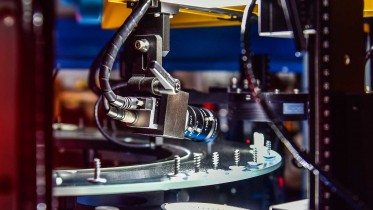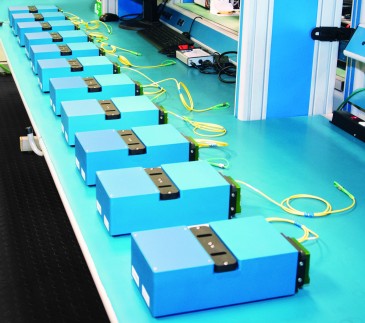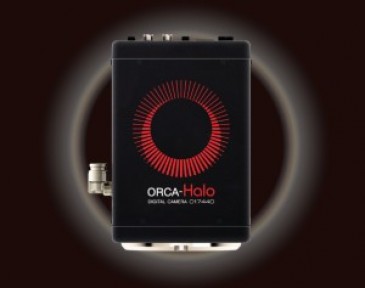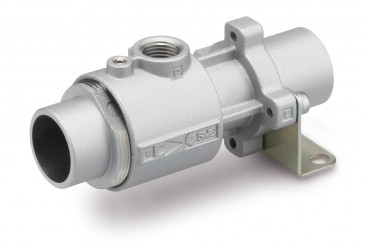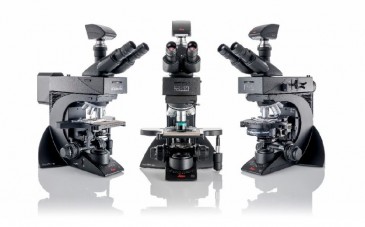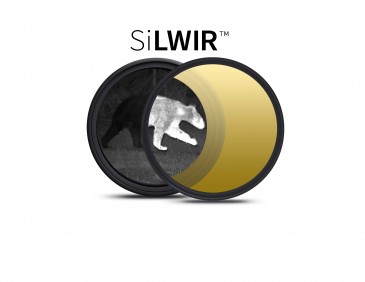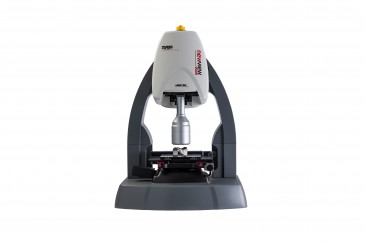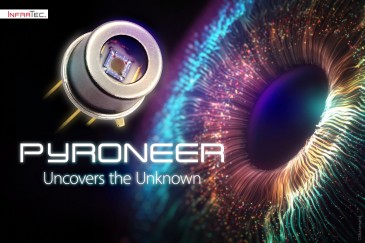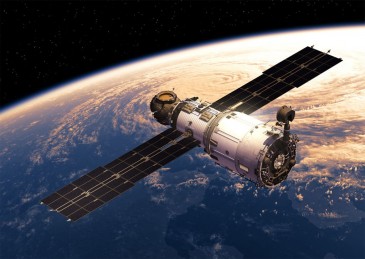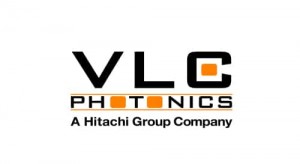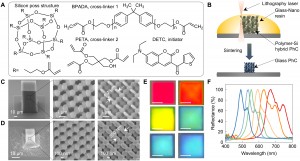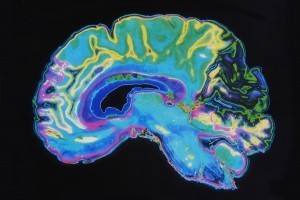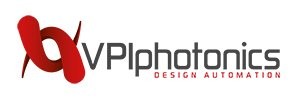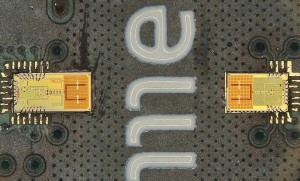
A new era has started. Additive laser manufacturing processes are revolutionizing the market. For example, Optech Consulting says the market for laser systems for additive manufacturing has increased annually by more than 25% in the past five years. Additive manufacturing of metal parts, in particular, has been a key driver in the market growth.
Additive manufacturing processes can be broken down into two main areas: whereas complete component production using laser construction technology is still in its infancy and is responsible for the strong growth, laser deposition welding with powder or wire has been established for many years. Laser deposition welding is used to carry out high-quality repairs and modifications of components from turbo machine production, toolmaking, mouldmaking and many other branches of industry. LASYS 2018, which will be held in Stuttgart, Germany, from 5 to 7 June 2018 as a trade fair for laser material processing, will also focus on additive laser manufacturing processes for the benefit of trade visitors.
Efficiency, cost-effectiveness and productivity will be the focal points in this respect.
New machine concepts make laser deposition welding even more efficient
"One of the biggest advantages of laser deposition welding is that welding into the component can be carried out on freeform surfaces with a near-neat shape. Since the amount of energy required here is very low, only small material distortions occur. This means that only a small machining allowance is necessary. During remachining, this produces a major advantage compared with other welding technologies," says Uri Resnik, CEO of OR Laser. Based on the example of tool modification of an injection moulded part using the direct metal deposition (DMD) process, the company shows that substantial time savings are possible from the third component onwards.
Laservorm's laser production systems are used, for example, to produce high temperature resistant, thermal barrier layers on aircraft turbine components or to repair components in power station turbines. "We integrate, for example, both the adaptive machining process and part measurement processes in the CNC control system. Consequently, data need not be transferred to external systems. This enables us to synchronize measurement routines relating to the machining process with our fast CNC control system in real time," says Laservorm CEO Thomas Kimme, adding that the bi-axiai, piezo-driven adjustable mirror system LV SpinScan is able to display fine and coarser weld beads in a ratio of 1:5. "We can therefore influence the weld bead geometry during machining.“
When integrated in machine tools, lasers optimize production processes
"The integration of laser beam sources in machine tools is one of the most highly promising approaches for optimized production processes," says Dr Christoph Ullmann, CEO of Laserline. Diode lasers are therefore used, for example, in a five-axis milling machine where they allow switching between additive and subtractive processing. The laser deposits the powder while the milling head cuts the metal. "The various applications of our diode lasers provide 'additive manufacturing‘ with other options which extend far beyond the interaction between additive powder deposition and subtractive metal cutting," emphasizes Ullmann. He continued: "Lasers can be integrated, for example, in lathe turning/milling centres and can be used, apart from power deposition, for welding and hardening. In addition to the laser and powder nozzle, corresponding optics are installed for this purpose. Depending on the processing operation, it is possible to switch between these optics. Ultimately, complex manufacturing processes can therefore be carried out based on a single beam source. This naturally saves a great deal of time and is cost-effective.“
Fibre lasers produce totally impermeable 3D solid bodies
The fibre laser systems from IPG Laser use laser deposition welding to repair, for example, shut-off valves, crankshafts, O-rings and much more besides. Additive manufacturing was originally developed for prototype construction. "However, additive manufacturing processes have now become an entirely new industry for the production of 3D solid bodies," says Michael Stark, Project Manager at IPG Laser. Metal powder is melted layer by layer using laser technology to produce a complete component. "These methods use the enormous improvements, which have recently been made in computing power and movement and process control of laser production systems, to precisely deposit many different materials at high speed," says Stark. Selective laser melting (SLM) produces completely impermeable metal parts with improved mechanical properties.
Additive generative manufacturing also affordable for SMEs
"In times of increasing digitalization and Industry 4.0, the production aenvironment of the future will require ever more intelligent systems and solution approaches along the entire process chain of additive manufacturing," emphasises Resnik, CEO of OR Laser. OR Laser has therefore developed a 3D metal printer for components and designs that feature various geometrical shapes, but cannot be produced using traditional manufacturing methods. This printer will also be presented at LASYS 2018. The 3D metal printer builds up components with filigree structures, high surface quality and a high density without using any additional tools. The print data is handled and processed directly from the CAD file through the 3D printing module in the CAD/CAM software.
Something exciting in future
Additive manufacturing is being developed still further in current research projects. Kimme of Laservorm summarized: "Hardware and software solutions for bionic lightweight construction structures are required, for example, for the future challenges posed by laser deposition welding. It is also necessary to improve the process monitoring methods accompanying manufacturing in order to satisfy the increasing demands for quality control and documentation."
At LASYS 2018, the Bavarian Laser Centre will hold a workshop on the topic of "Deposition and repair welding.” The workshop "Stuttgart Laser Marketplace“ will also be held again. Dr Arnold Mayer from Optech Consulting will announce the latest data regarding the international market for lasers and laser systems with an eye on the future.
LASYS 2018 will be held at the Stuttgart Trade Fair Centre from 5 to 7 June 2018.





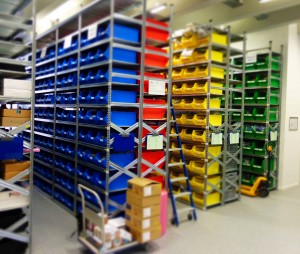


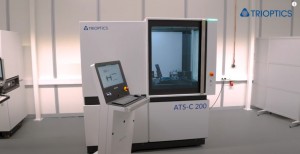
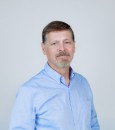


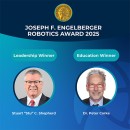




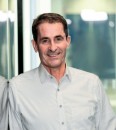



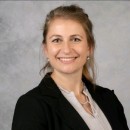
















 Back to News
Back to News
